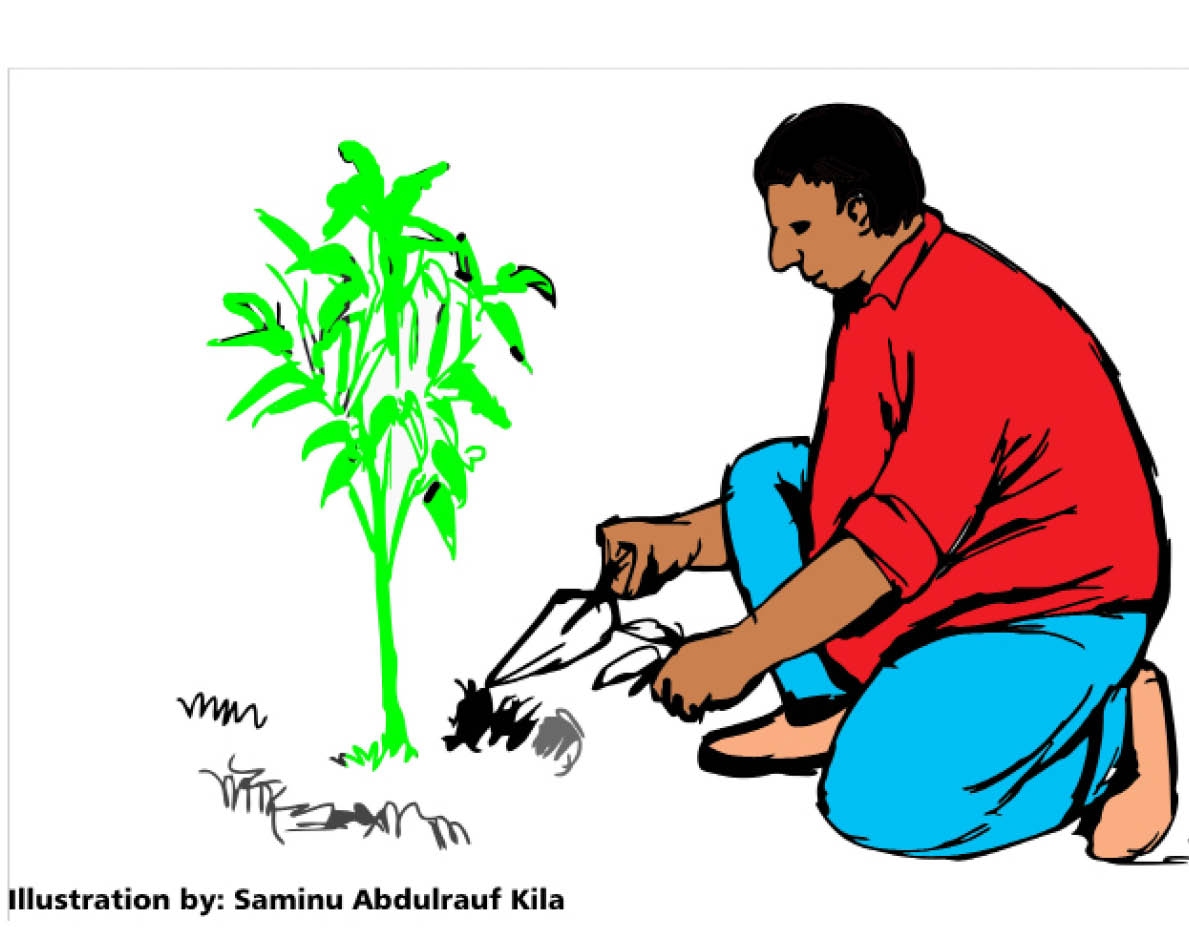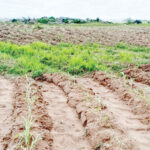Last week, I visited a friend’s 11-hectare farm where he told me that he was planning to buy more fruit seedlings to plant.
“With the number of trees you have on this farm, you don’t need to buy more,” I told him. “Just multiply the ones you’ve already planted,” I said.
Like my friend, have you ever wondered how to multiply your precious trees without waiting for seeds to germinate? Imagine being able to turn one tree into multiple thriving ones, effortlessly. The secret lies in a technique known as air layering, a propagation method that offers numerous benefits for tree enthusiasts. In this article, we’ll demystify air layering, explore its advantages, and guide you through the simple steps to achieve successful multiplication of your beloved trees.
What is Air Layering?
Air layering, also called marcotting, is a propagation technique used to grow new plants from mature branches of existing trees. Instead of relying on seeds or cuttings, air layering encourages roots to form directly on a part of the parent plant while still attached to it. This results in a genetically identical plant, ensuring that the new tree will exhibit the same desirable characteristics as the parent tree.
- FG hikes fees in Unity Schools by over 100%
- Nigerians have great ability for dance – Battery Dance Company
Benefits of Air Layering:
- Accelerated Growth: One of the most significant advantages of air layering is the time-saving aspect. Rather than waiting months or even years for seeds to grow into trees, air layering allows you to have a well-established new tree within a few months.
- Genetically Identical Plants: Air layering produces clones of the parent tree, ensuring that the new plants inherit the exact genetic makeup and desirable traits. This is particularly advantageous when propagating fruit-bearing trees with specific attributes.
- Early Income Generation: Unlike traditional propagation methods that require waiting for trees to mature and produce fruits, air-layered plants can start generating income even before they bear fruit. This early revenue stream can be a game-changer for tree growers looking to monetize their investment sooner.
Air Layering Step-by-Step Guide:
- Select a Healthy Branch: Choose a healthy and mature branch from the parent tree, typically about one-year-old and between 1/4 to 1 inch in diameter. The branch should be free from disease and damage.
- Make an Incision: Approximately 12-18 inches from the tip of the selected branch, make a shallow, horizontal cut around the branch, removing a small section of bark including the greenish cambium layer. This will create a wound where roots will form.
- Apply Rooting Hormone: Coat the exposed area with rooting hormone to stimulate root growth. If you don’t have rooting hormone, use honey or aloe vera.
- Wrap with Moist Sphagnum Moss: Surround the wounded area with moist sphagnum moss. Cover the moss with plastic wrap, securing it with twine or tape to keep the moisture in. Soil also works if you don’t have moss.
- Monitor Growth: Over the next few weeks, check the moss/soil periodically to ensure it stays moist. Roots should start to form at the wounded area – usually within a month.
- Sever the New Plant: Once a significant root system has developed, usually within a few months, carefully cut the rooted branch just below the air layering site.
- Transplant the New Tree: Plant the new, rooted tree in a pot or directly into the ground, providing appropriate care and monitoring as it establishes itself. Sometimes, it’s better to put the resulting plant in a shade before planting it in the ground.
Conclusion:
Air layering is an incredible technique that empowers tree enthusiasts to propagate new plants with ease and efficiency. By following the straightforward steps, you can transform one tree into numerous genetically identical ones, saving time and generating income (by selling seedlings) before the new trees even bear fruit. The magic of air layering opens up a world of possibilities for tree growers and allows us to nurture and multiply nature’s gifts in extraordinary ways.
So, go ahead and try your hand at air layering. Discover the joy of watching your beloved trees thrive and multiply, contributing to a greener and more bountiful world.

 Join Daily Trust WhatsApp Community For Quick Access To News and Happenings Around You.
Join Daily Trust WhatsApp Community For Quick Access To News and Happenings Around You.


